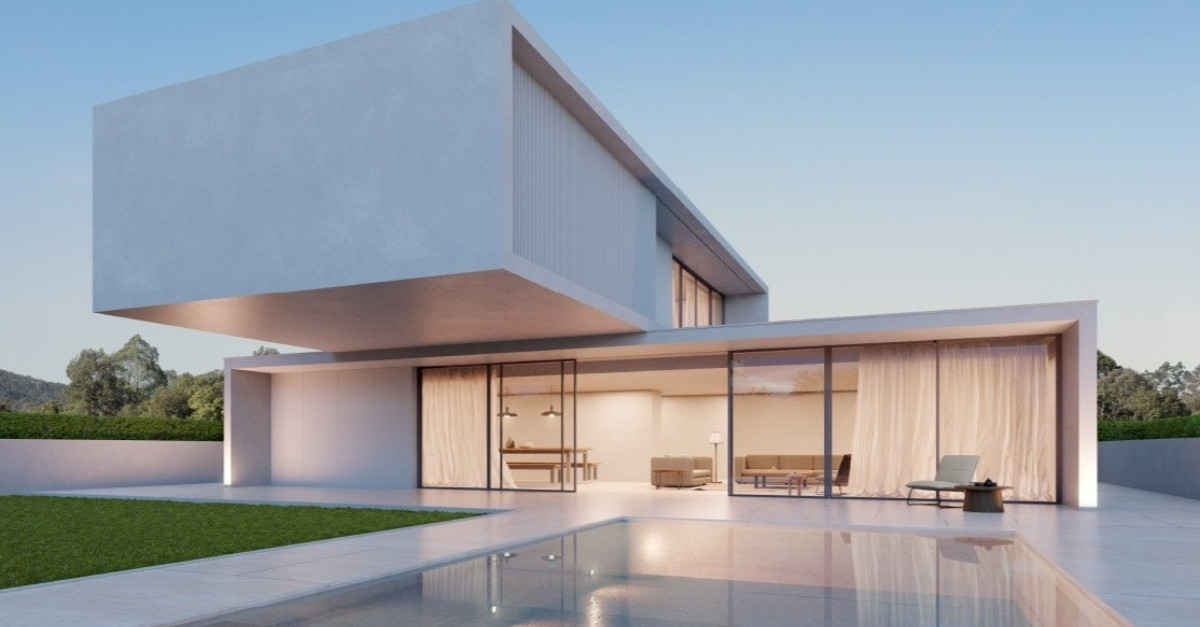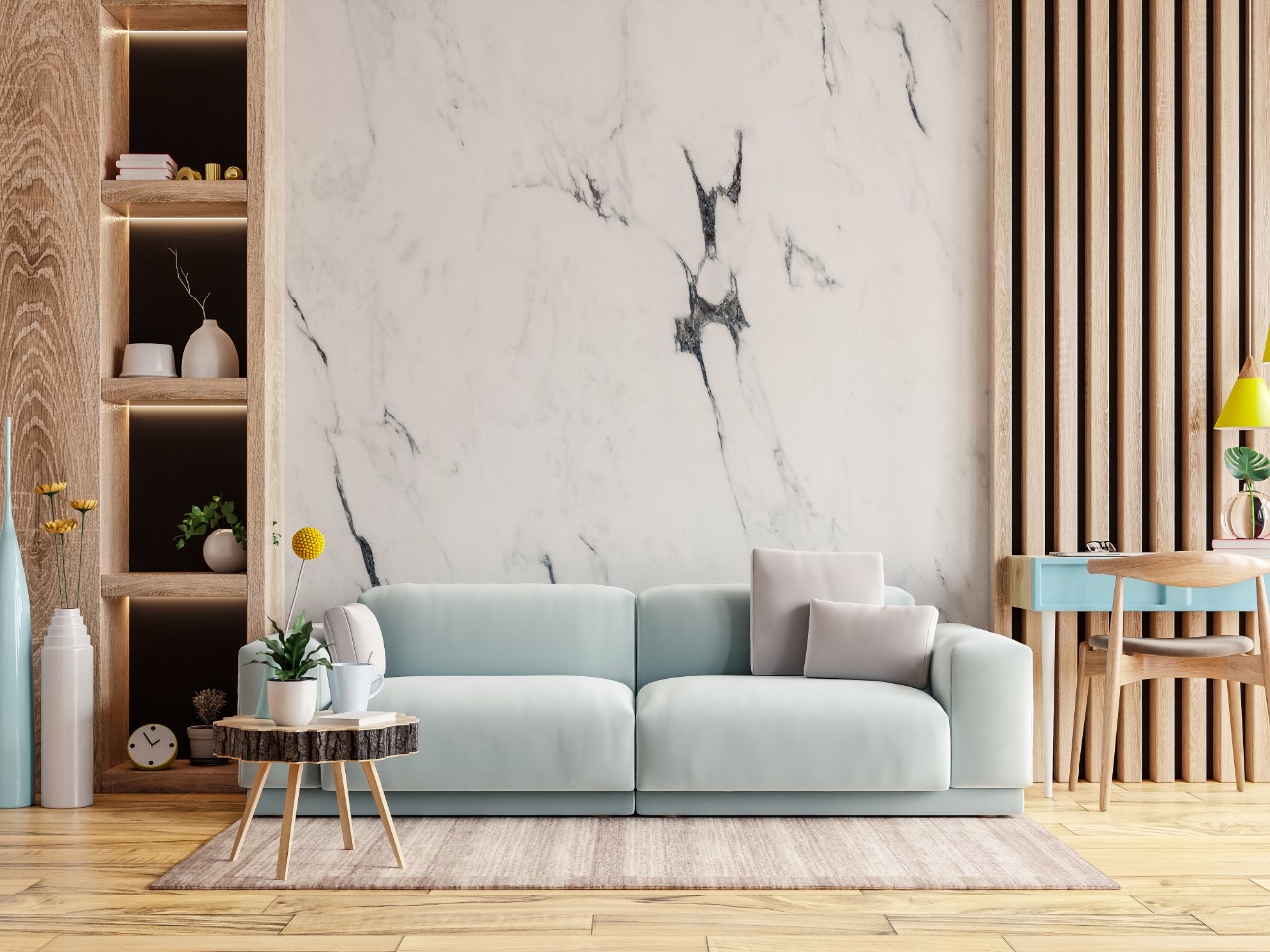
Few materials in the history of architecture and design have captured the imagination quite like marble. With its elegant veining, cool surface, and rich historical legacy, marble has adorned the world’s most iconic monuments and continues to inspire modern designers and homeowners alike. From the majestic domes of the Taj Mahal to the minimalistic kitchens of contemporary homes, marble has journeyed through centuries, transcending styles and geographies. This blog explores marble's fascinating evolution — how it went from ancient wonder to a modern design essential. And today, brands like Marble City continue to uphold this tradition, bringing the finest marble from across the globe to discerning Indian clients through a world-class experience center and cutting-edge manufacturing facilities.
The Origins of Marble in Architecture
The story of marble begins in antiquity. Ancient civilizations like the Greeks and Romans revered marble not only for its strength but also for its ability to reflect light, giving buildings a luminous, almost divine quality. The Parthenon in Athens and the Pantheon in Rome are two enduring examples of how marble was used to construct sacred spaces and civic structures. Its symbolic association with purity, strength, and beauty made it the material of choice for empires aiming to project power and permanence.
The Renaissance later revived the use of marble in Europe. Master sculptors like Michelangelo turned to Carrara marble — still one of the most prized types today — for creating lifelike statues that expressed the human form with unparalleled detail. The famous statue of David is a testament to marble’s artistic potential and lasting durability.
Marble in Indian Heritage
India, too, has a rich legacy of marble craftsmanship. The most celebrated example is undoubtedly the Taj Mahal in Agra, built in the 17th century using Makrana marble from Rajasthan. This white marble, known for its high quality and low porosity, gives the mausoleum its pristine glow, especially under moonlight. Indian palaces, temples, and forts across states like Rajasthan and Madhya Pradesh have extensively used local marble to achieve grandeur, spiritual ambiance, and climatic comfort.
Marble was not just about luxury; it was also practical. In India’s hot climate, marble’s cool surface helped regulate indoor temperatures naturally. Its enduring nature meant structures could withstand the test of time — and many still stand centuries later.
Marble’s Modern-Day Comeback
Fast forward to the 21st century, and marble is experiencing a design renaissance of a different kind. No longer limited to palaces and temples, marble has entered the modern home — from kitchens and bathrooms to living rooms and accent walls.
What makes marble so adaptable to today’s interiors is its versatility. White marble like Carrara and Statuario exudes minimalism, perfect for contemporary spaces that favor clean lines and open layouts. On the other hand, richly veined varieties such as Emperador, Verde Alpi, and Portoro bring warmth and drama to spaces that demand a statement. Architects and interior designers use marble for countertops, flooring, backsplashes, staircases, and even furniture, creating a luxurious yet grounded aesthetic.
Technological advances have also played a key role. High-precision cutting tools, polishing techniques, and surface treatments now allow marble to be customized for a wide range of applications and finishes — from honed and matte to high-gloss polish and leather textures.
Sustainability and Care: The New Essentials
As with any natural resource, sustainability is a growing concern in the use of marble. Ethically sourced marble, responsible quarrying, and minimal waste processing are increasingly becoming priorities for both manufacturers and consumers. Additionally, composite materials that mimic the look of marble, such as engineered quartz or porcelain slabs, have emerged as sustainable alternatives where natural marble may not be suitable.
For homeowners, understanding marble’s care requirements is essential. While marble is durable, it is also porous and can stain or etch if exposed to acids or abrasive cleaners. Sealing it regularly and using pH-neutral cleaning agents help maintain its appearance over time. Despite these precautions, many users appreciate how marble develops a patina over the years — telling its own story of use and life.
Marble City: Bridging Legacy and Innovation
For those looking to bring the legacy of marble into their own spaces, Marble City offers a bridge between traditional elegance and contemporary utility. With decades of expertise in importing and processing premium natural stones, Marble City has become a trusted name in India’s architectural and interior design circles. Their world-class showroom in Mayapuri, New Delhi, allows clients to experience a wide variety of global marbles — from Italian classics to exotic stones — in curated displays that inspire real-world applications.
What sets Marble City apart is its integration of technology and design sensibility. With a cutting-edge processing unit in Rajasthan and a focus on customer experience, the brand not only ensures quality but also supports architects and homeowners in selecting, customizing, and installing marble to suit modern needs.
Conclusion
From ancient empires to today’s modern homes, marble has remained a symbol of refinement and endurance. Its ability to evolve with design trends while retaining its innate elegance makes it a timeless choice. Whether used in moderation or as a central design element, marble continues to offer a blend of tradition, luxury, and functionality that few materials can match. And with experts like Marble City leading the way, this ancient stone is poised to remain a key player in the architecture of tomorrow.







LET'S GET IN TOUCH